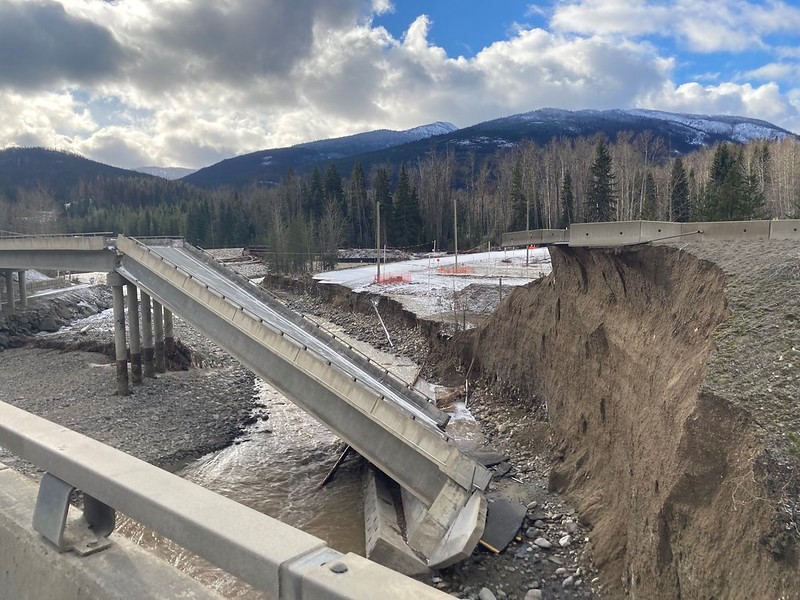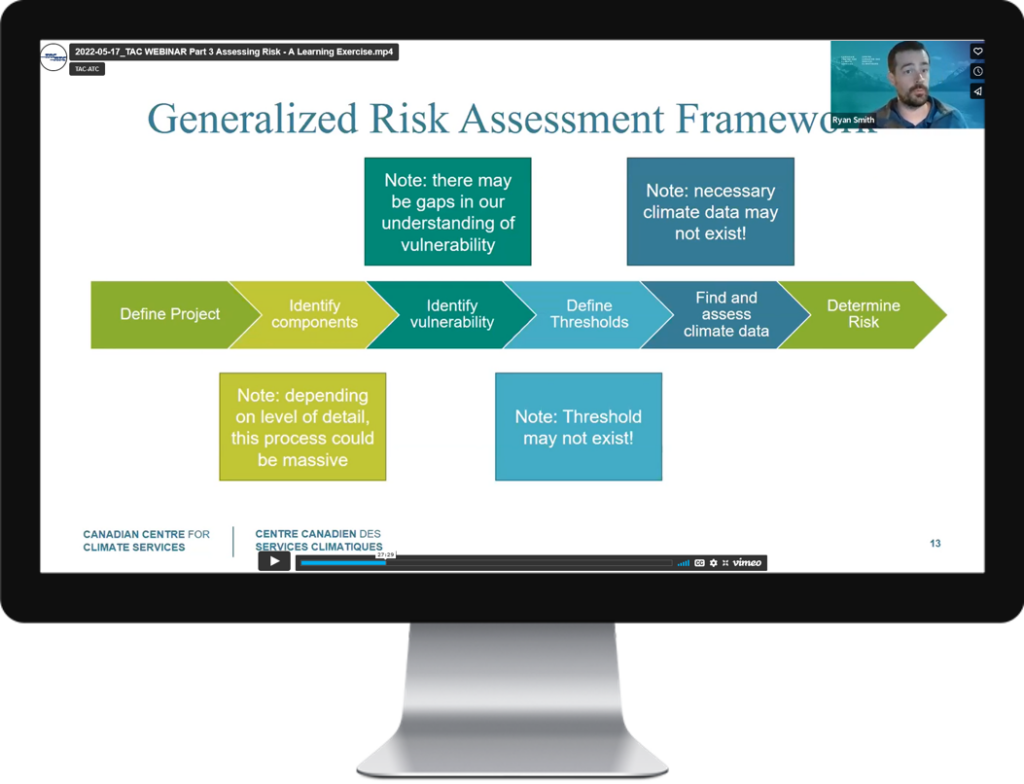Representing over $88 billion of Canada’s Gross Domestic Product in 2021 and employing over a million people, Canada’s roads, railways, airports and seaports move approximately $1.2 trillion worth of goods to international markets each year. The average Canadian spends more money on transportation than just about anything else with the exception of shelter.1 Moreover, transportation is essential for maintaining public safety and connecting our communities. Threats to Canada’s transportation infrastructure are a threat to our very way of life.
Extreme weather is a persistent threat to the transportation sector. Bridges, highways, winter roads, rail lines, shipping routes, and airport infrastructure are vulnerable to flooding rains, rising seas, hot temperatures, and high winds, just to name a few. As the climate continues to change, more intense weather and climate events are expected to occur more frequently, putting these vital systems – and the people who rely on them – at increased risk.2




